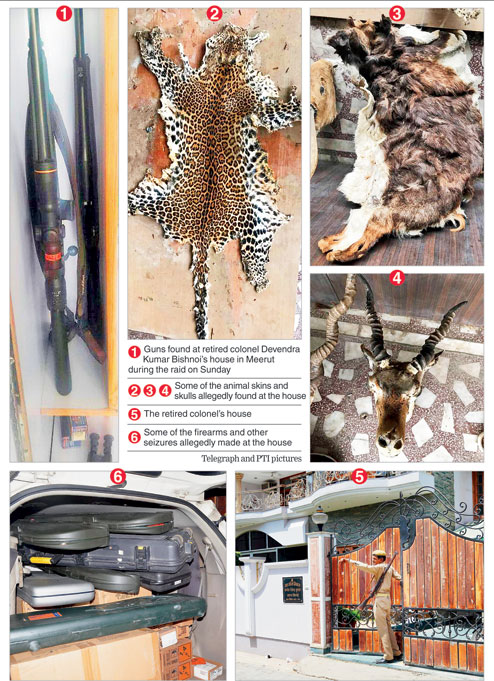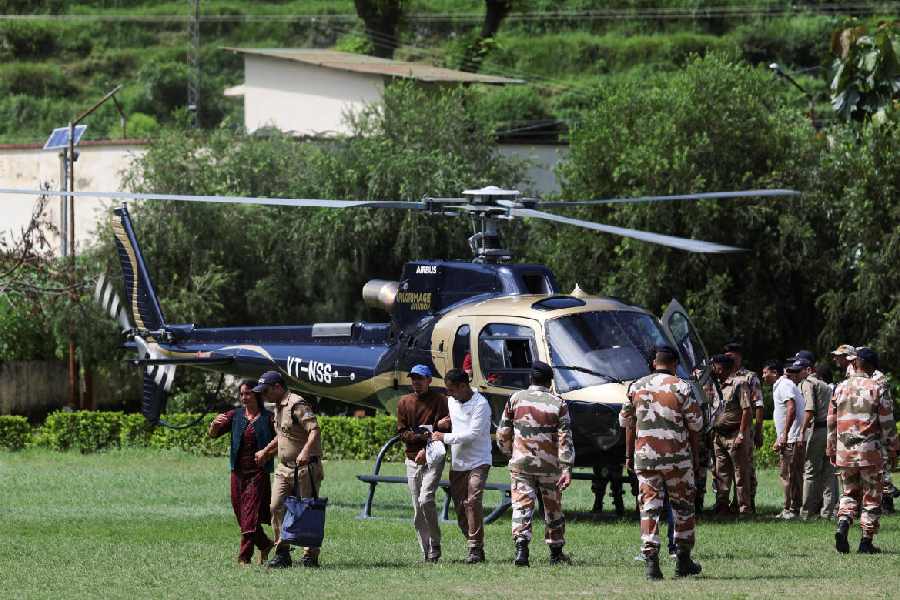
India’s space agency has released an atlas of Martian terrain, displaying craters, ancient river valleys, mouths of extinct volcanoes, wind streaks and dust storms on the planet captured by India’s Mars Orbiter Mission spacecraft that completes one year in orbit on Friday.
The coffee table-style Mars Atlas, released by the Indian Space Research Organisation in print form and in a digital version (http://bit.ly/1VgyMPm) on its website, also features images of the planet’s two potato-shaped moons, Phobos and Deimos.
The images in the atlas are among over 350 captured by the Mars Colour Camera, one of the five scientific payloads aboard the spacecraft which space scientists say is in fine condition and has now entered its extended mission life.
“We expect the atlas to serve as a reference (for) a better understanding of the topographic and atmospheric properties of the planet,” A.S. Kiran Kumar, Isro chairman said in a statement in the document that displays diverse images of the terrain and the Martian moons.
The MOM spacecraft, which slipped into orbit around the planet on September 24 last year after a 10-month journey, was initially expected to have a mission lasting at least six months. But senior Isro scientists say the spacecraft is likely to remain functioning for a “long time”.
“There is about 35km of propellant fuel left aboard the spacecraft,” a senior Isro official said. The fuel is required for subtle in-orbit firings to keep the spacecraft in its elliptical trajectory. The Isro has invited scientists from academic institutions to join its own scientists in analysis of the data collected by the spacecraft’s scientific instruments.
Teams of scientists the Space Applications Centre, Ahmedabad, and other Isro centres are already analysing data from the spacecraft. Tapan Misra, director of SAC said the atlas seeks to “popularise the images captured by the Mars Colour Camera”.
(Pictures courtesy: Isro)










